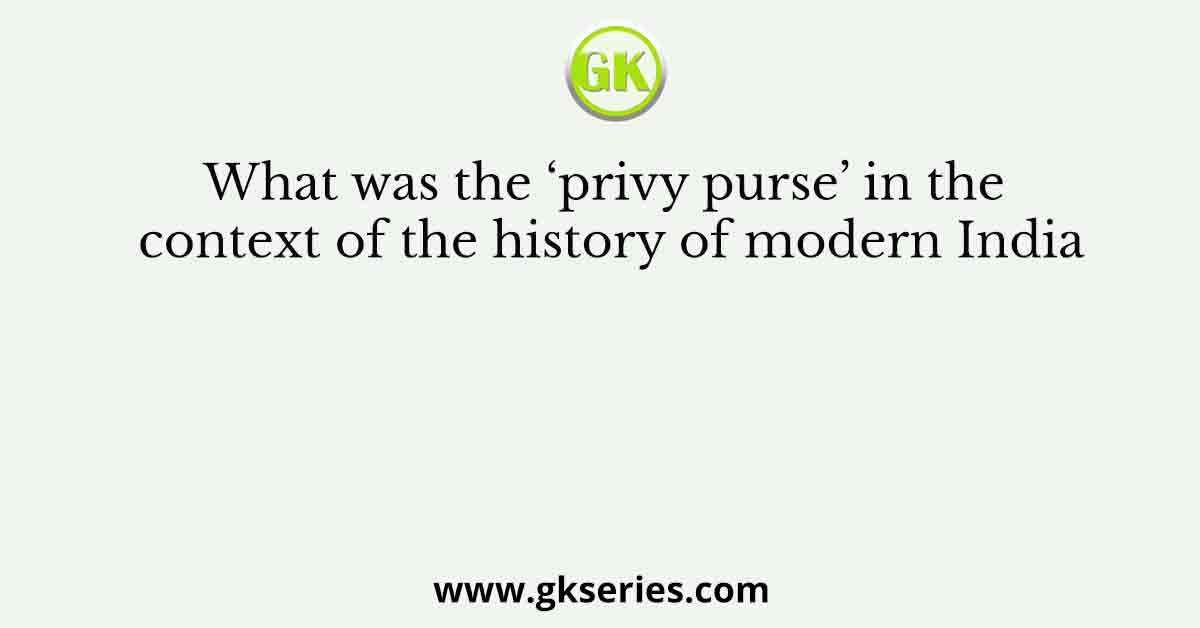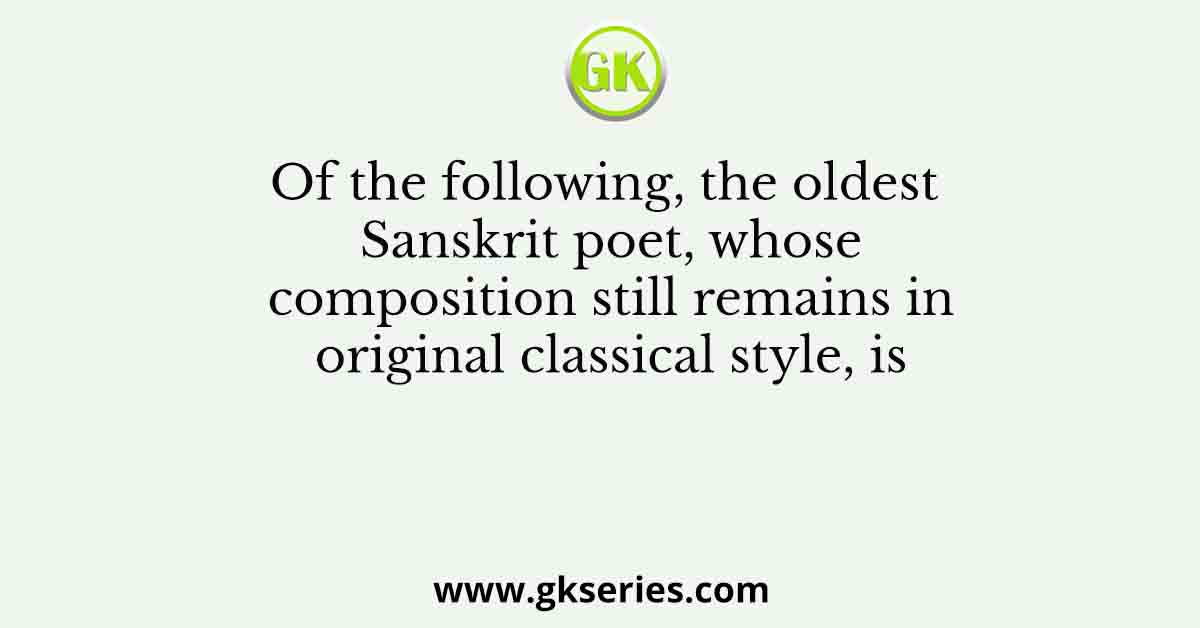
Q. What was the ‘privy purse’ in the context of the history of modern India?
(a) A purse given privately by one organisation to another
(b) A purse given by the Government of India to dignitaries for services rendered
(c) A grant given by the Government of India to the erstwhile Prince of India
(d) A gift given by an erstwhile Prince of india to the Government of India
Ans: (c) A grant given by the Government of India to the erstwhile Prince of India
Explanation: The correct answer is (c) A grant given by the Government of India to the erstwhile Prince of India.
The “privy purse” in the context of the history of modern India refers to a grant given by the Government of India to the erstwhile Princes or rulers of princely states. After India gained independence in 1947, the process of integrating the princely states into the Indian Union began.
As part of the negotiations for their integration, the Government of India offered the princely rulers a certain amount of financial support, known as the privy purse. The privy purse was intended to provide financial assistance to the former rulers and their families in return for the surrender of their political authority and the merger of their states into India.
The privy purse was typically granted as an annual payment and was based on the revenue and resources of the respective princely states. It was meant to help the former rulers maintain their lifestyle and cover their expenses after the abolition of their princely status.
However, the privy purse was abolished by the government in 1971 through the 26th Amendment to the Constitution of India. This amendment eliminated the payment of the privy purse to the former rulers, bringing an end to this financial arrangement.





